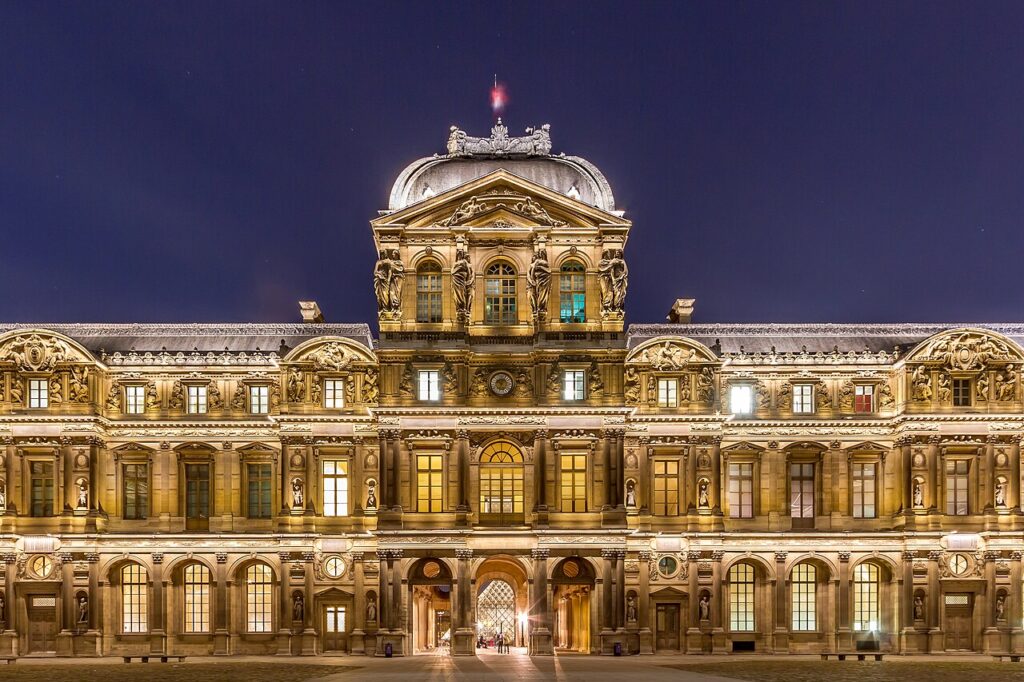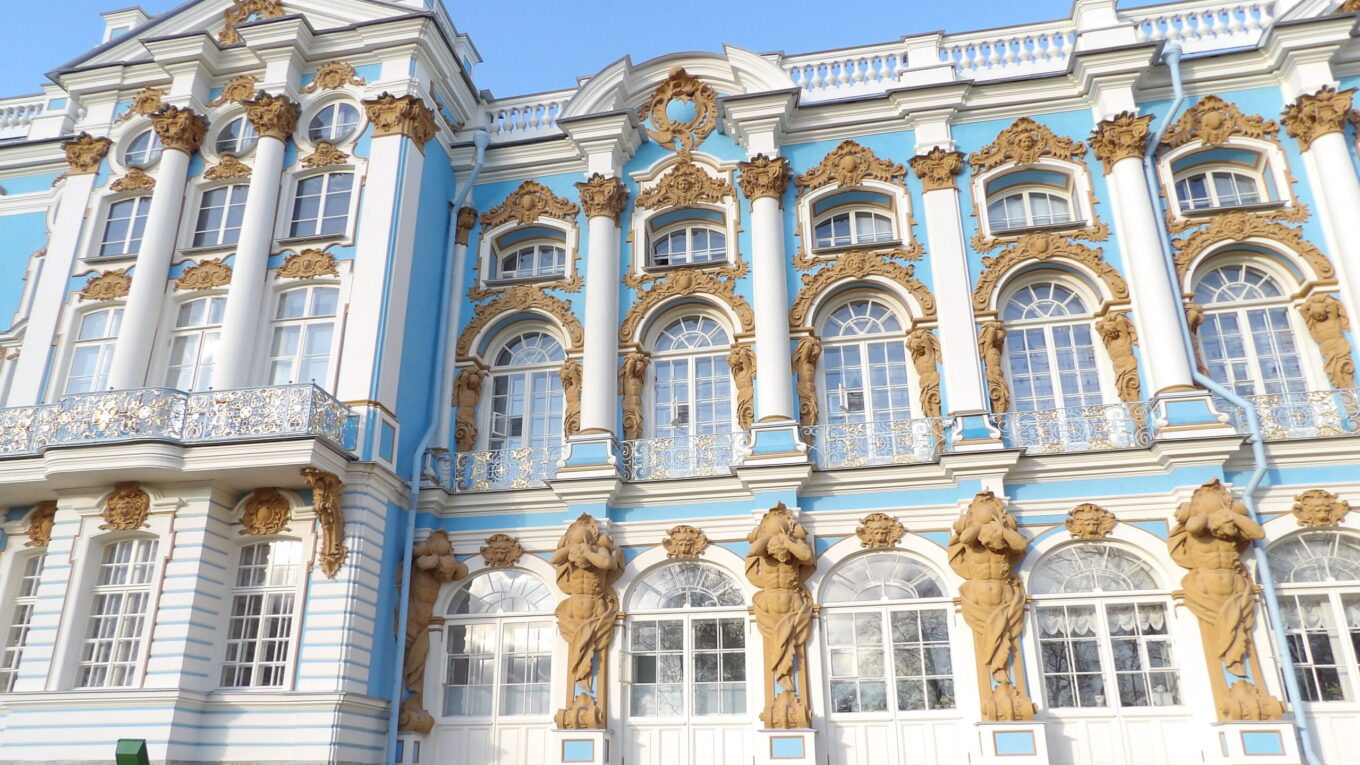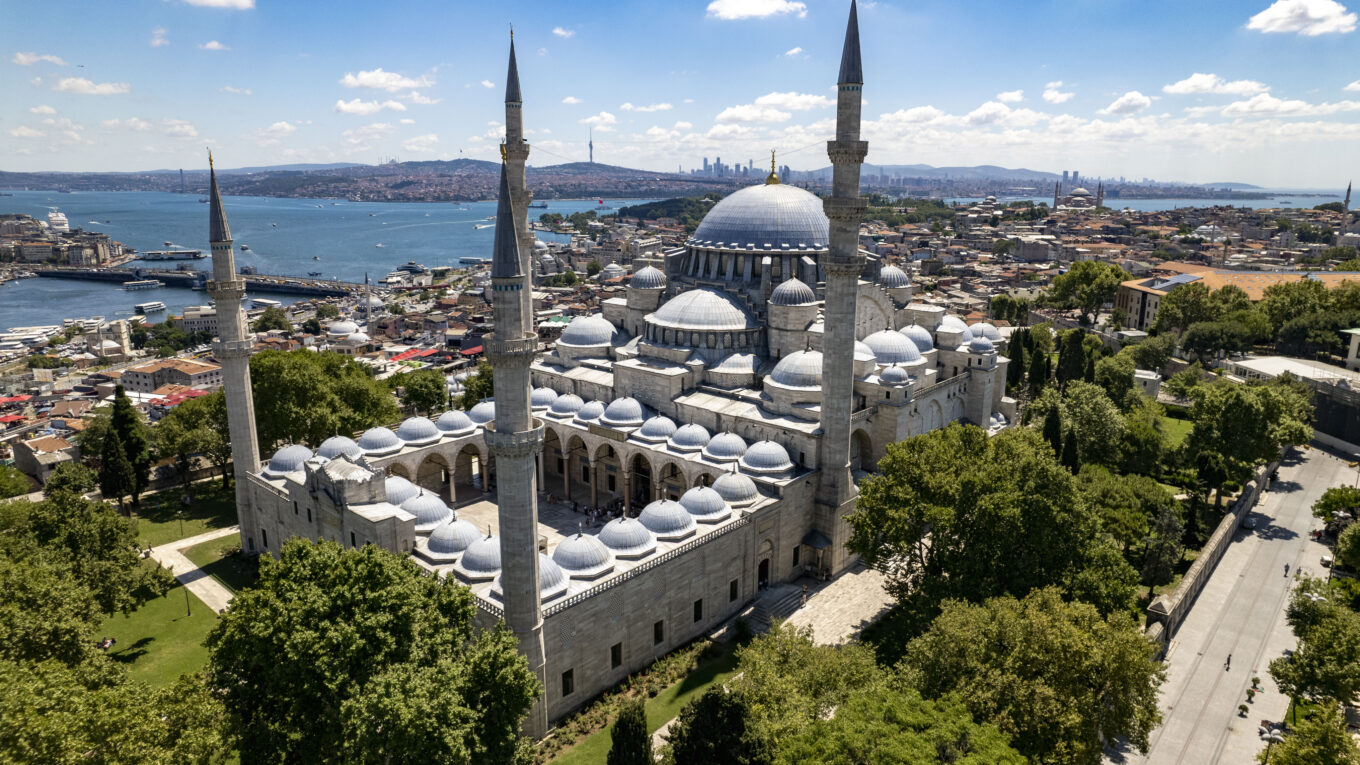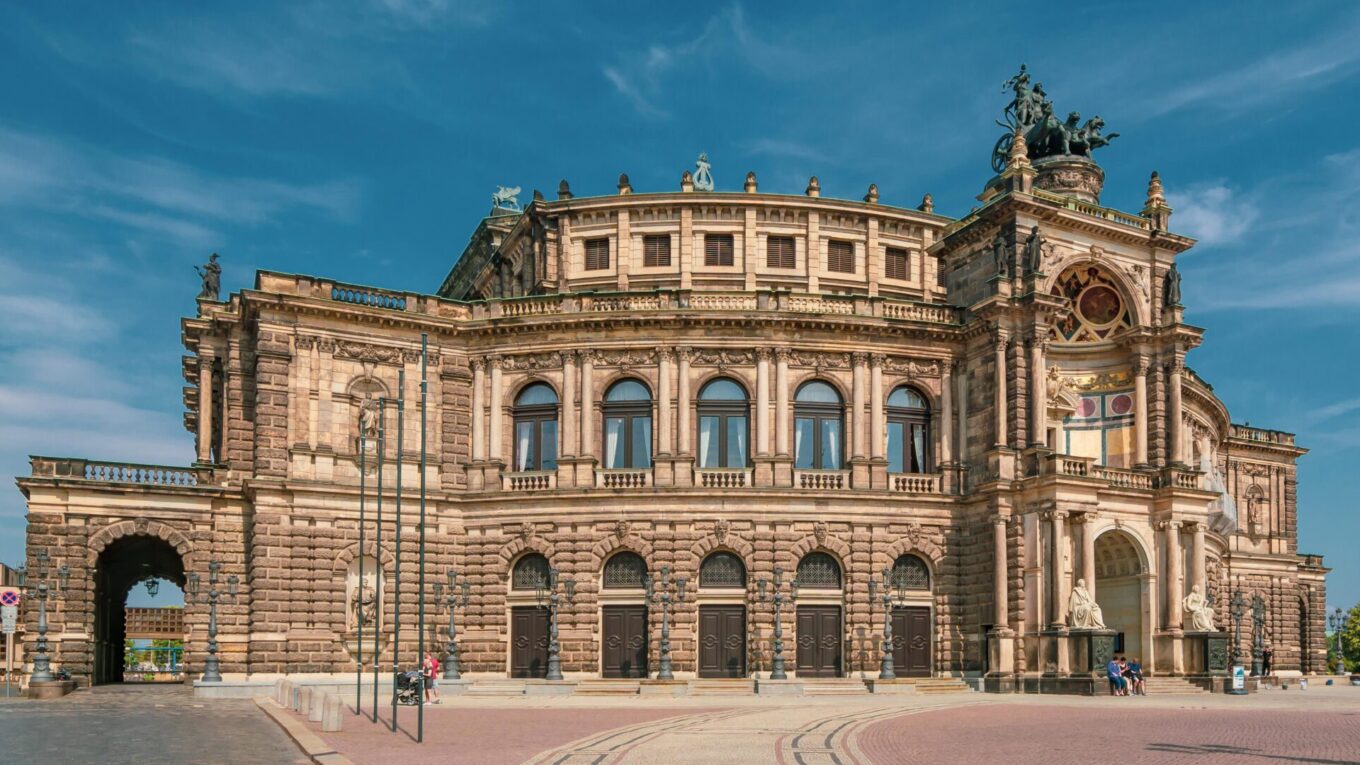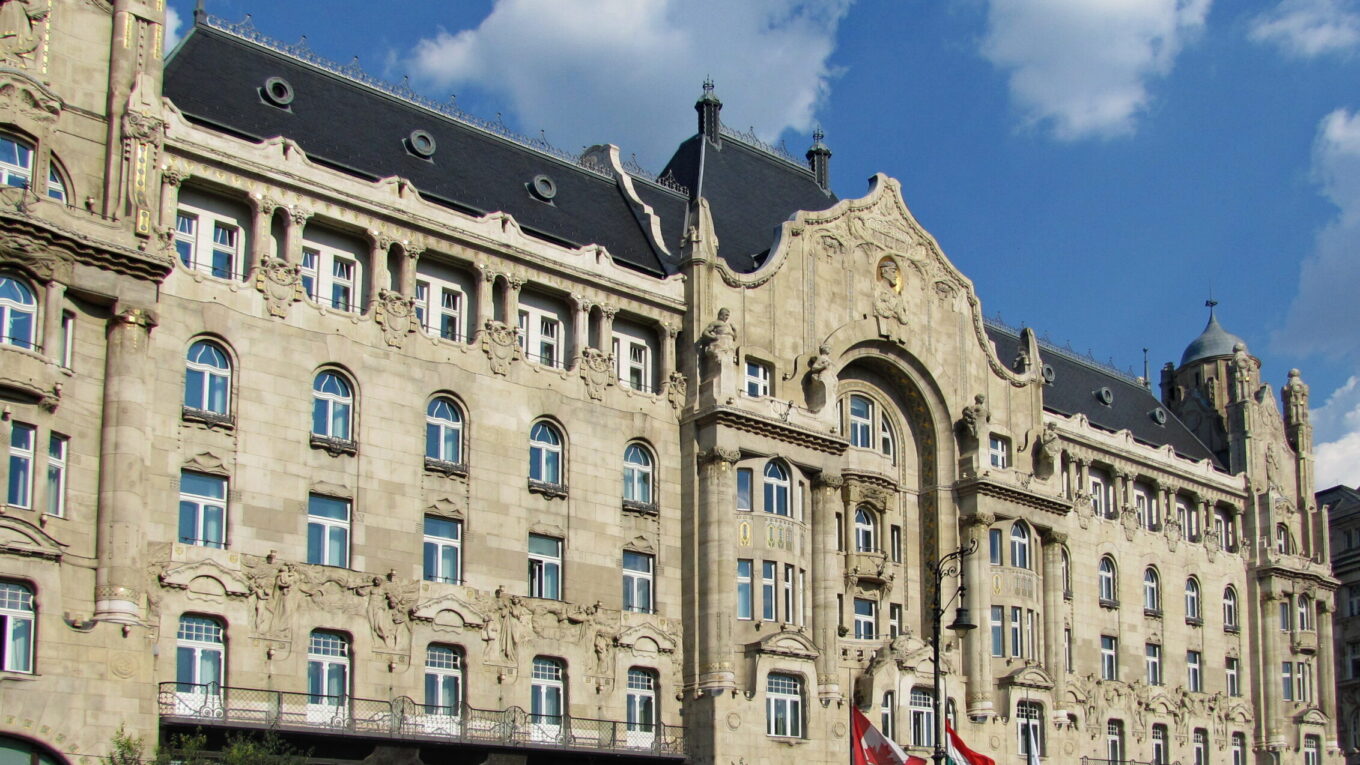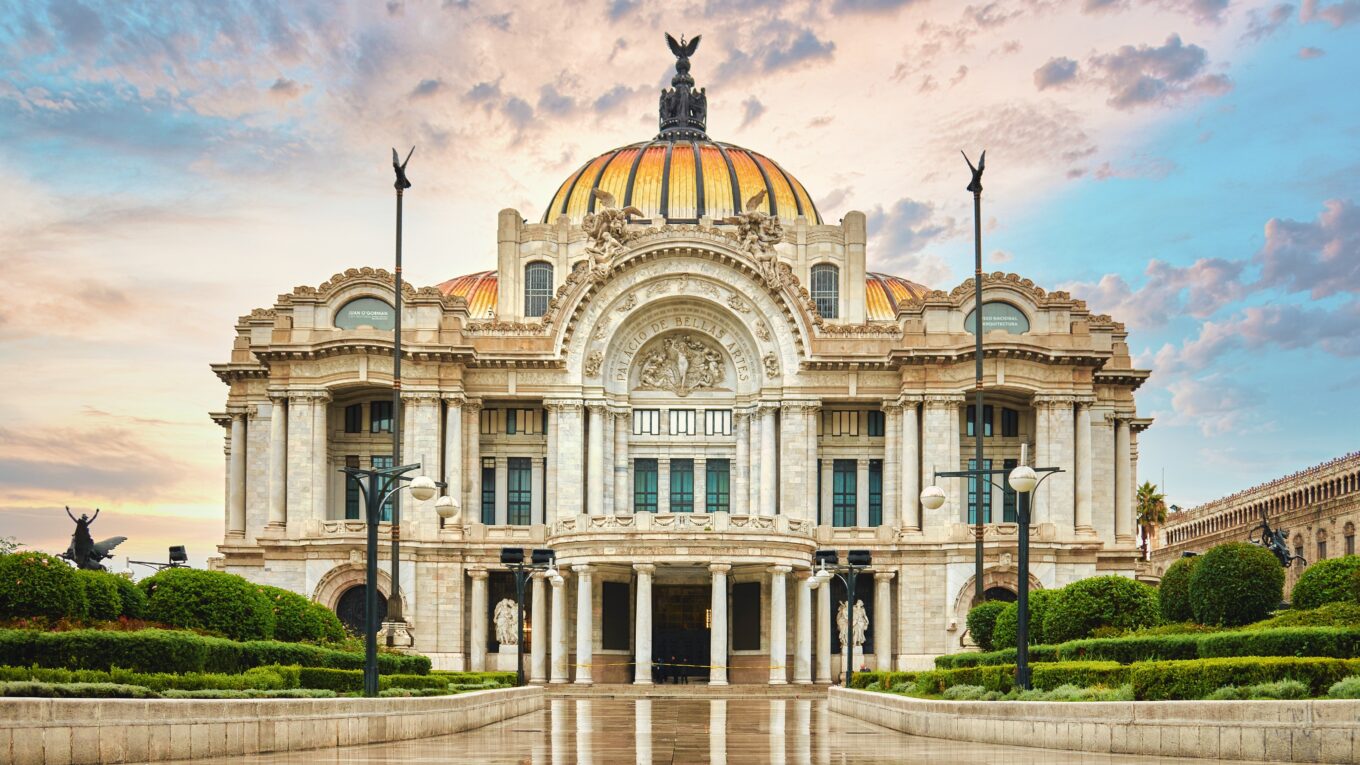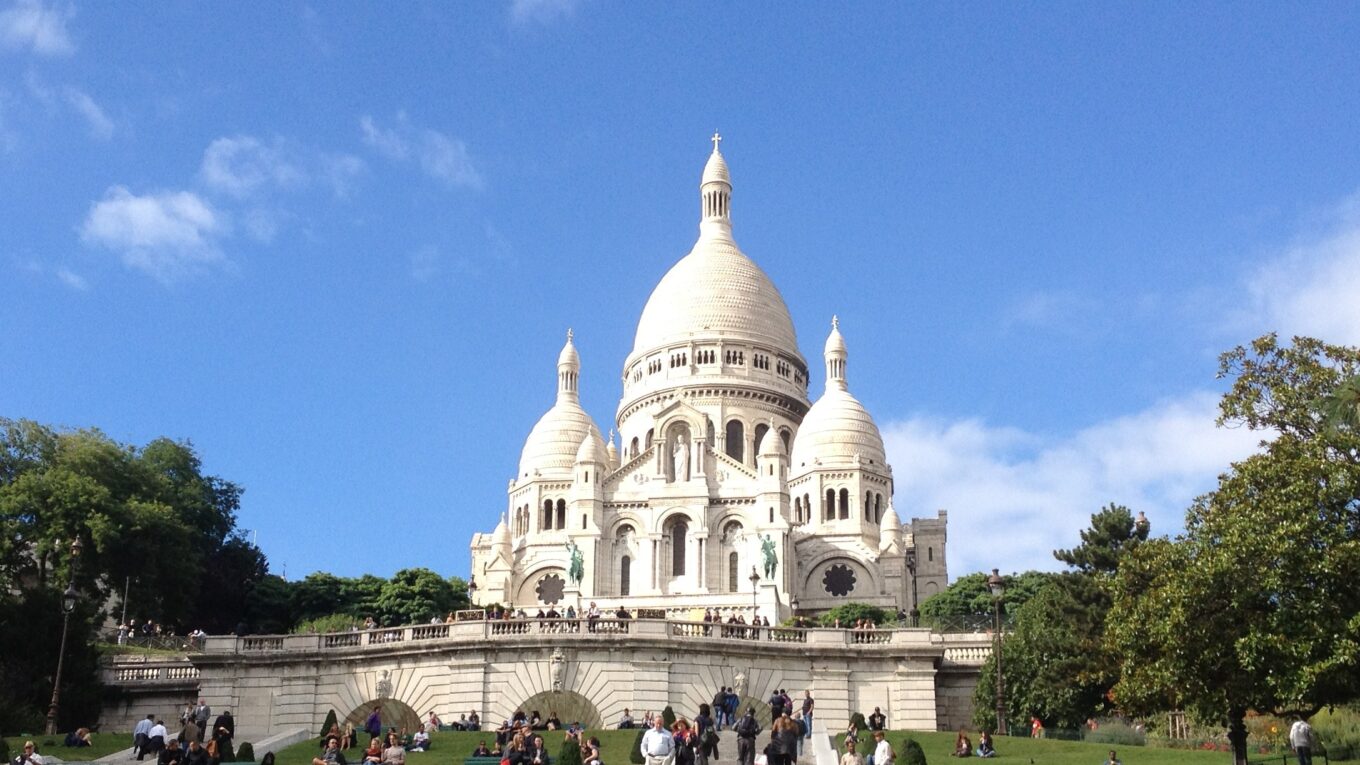The Top 6 Examples of Second Empire Architecture
The Second Empire Style was an architectural style that became popular in the late 19th century. It existed alongside other building styles that were part of the Revival Movement, such as Neo-Baroque and Neo-Renaissance Architecture. The term “Second Empire” references the French Second Empire, the state that controlled France and its colonial territories during the late 1800s. The French Second Empire emerged in the wake of the French Revolution, and all the emperors were descendants of Napoleon Bonaparte. Second Empire Architecture was mainly utilized in Western Europe and North America, but can also be found all over the world. The list below will highlight 6 of the world’s greatest examples of Second Empire Architecture, and take a deep look at the history and characteristics of this important style.
What is Second Empire Architecture?
Second Empire Architecture first originated in Paris during the reign of Napoleon III. During the 1850s, Napoleon III ordered a large-scale expansion of the Louvre. Several new wings were added and designed in a new-age architectural style that combined elements from French Baroque and Neoclassical Architecture. After the additions to the Louvre, similar buildings were being built throughout Paris and the rest of France. Over time, architects all over the world designed structures similar to those of Napoleon III, thus creating the Second Empire Style.
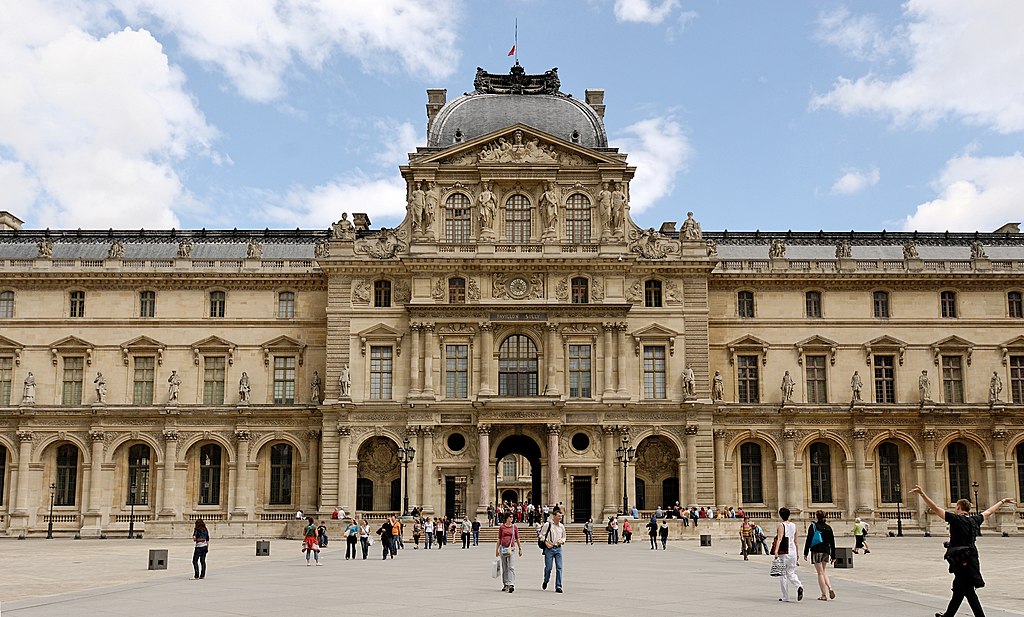
Characteristics of Second Empire Architecture
The Second Empire Style utilizes many of the same features found in Baroque and NeoClassical Architecture. Various other elements and new post-industrial technologies are also utilized in many different Second Empire Buildings. This trait gives the style a unique appearance when compared to other Revival-style structures.
Mansard Roofs
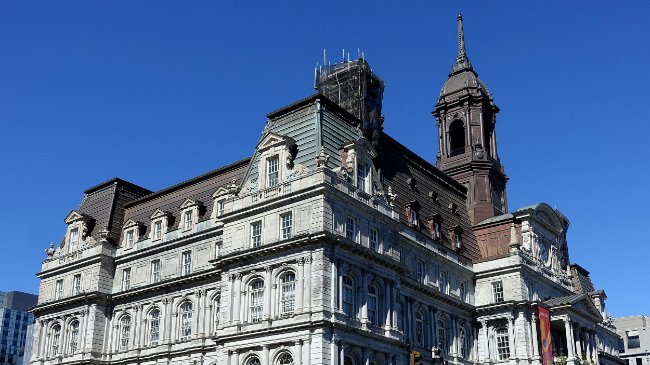
Mansard Roofs are by far the most distinctive element found in Second Empire Architecture. These steeply pitched roofs were common throughout France, particularly in the Baroque Age. This design is done for both aesthetic and functional reasons. Mansard Roofs give buildings a taller and more stately appearance and they also provide extra usable space at the attic level. In the image above you can see a mansard roof atop Montreal City Hall.
Baroque Details

Intricate details are another design element found throughout many examples of Second Empire Architecture. Intricate details became particularly popular in Baroque and Rococo Architecture and were meant to decorate and embellish building facades and interiors. In the image above you can see some intricate details within the facade of the Louvre Expansion in Paris. These details also feature a lot of Baroque Sculpture which is often full of movement and depth.
Classical Elements

Classical Elements can also be found throughout Second Empire Architecture. Many Second Empire buildings feature pediments, niches, and classical columns with Doric, Ionic, and Corinthian capitals. These same elements can be found throughout many other styles including Renaissance and Baroque Architecture. In the image above you can see some pediments and Ionic Columns decorating the facade of The Eisenhower Executive Office Building in Washington DC.
Towers

Towers are another element found in many examples of Second Empire Architecture. The most famous example of this is the tower at Philadelphia City Hall. This tower was once the tallest structure in the entire world, and it’s topped with a statue of Philadelphia’s founder William Penn. Philadelphia City Hall tower contains several Second Empire traits, like a Mansard Roof, and Classical Elements.
A Sense of Grandeur
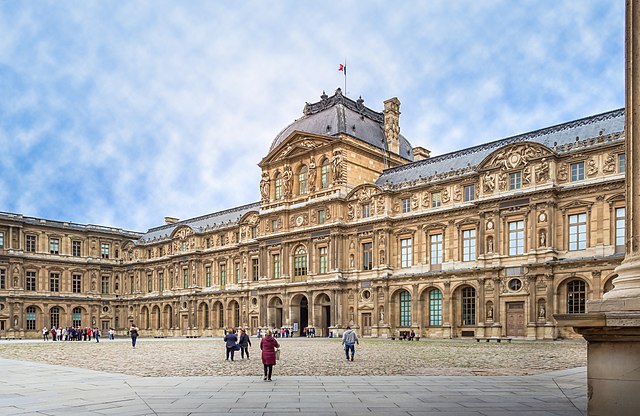
One final characteristic found in Second Empire Architecture is a sense of grandeur in the design. When Napoleon III expanded the Louvre, he wanted to build something impressive, regal, and fanciful – something that would rival the buildings of the previous French regime. This was a way to show the power and might of the Second French Empire and show off the nation’s wealth and status. This idea is also carried over in many Second Empire Buildings in North America.
What are the greatest examples of Second Empire Architecture?
There are dozens of incredible works of Second Empire Architecture located throughout the world. The list below will take a look at 6 of the largest and most impressive examples of the Second Empire Style.
1. Philadelphia City Hall – Philadelphia, Pennsylvania, United States
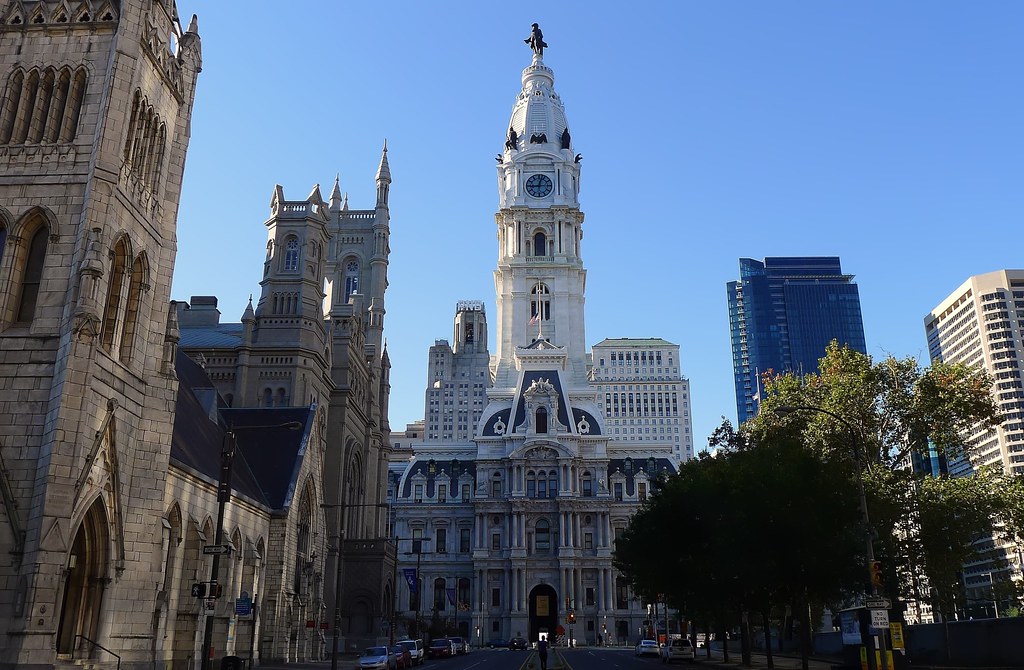
Philadelphia City Hall is a large government building located in Philadelphia Pennsylvania. Construction began in 1871 and was completed by 1901. At the time of its completion, it held several records including The World’s Tallest Building, a title which it held until 1908. Philadelphia City Hall is one of the most recognizable buildings in The United States and has been a symbol of Philadelphia since its completion.
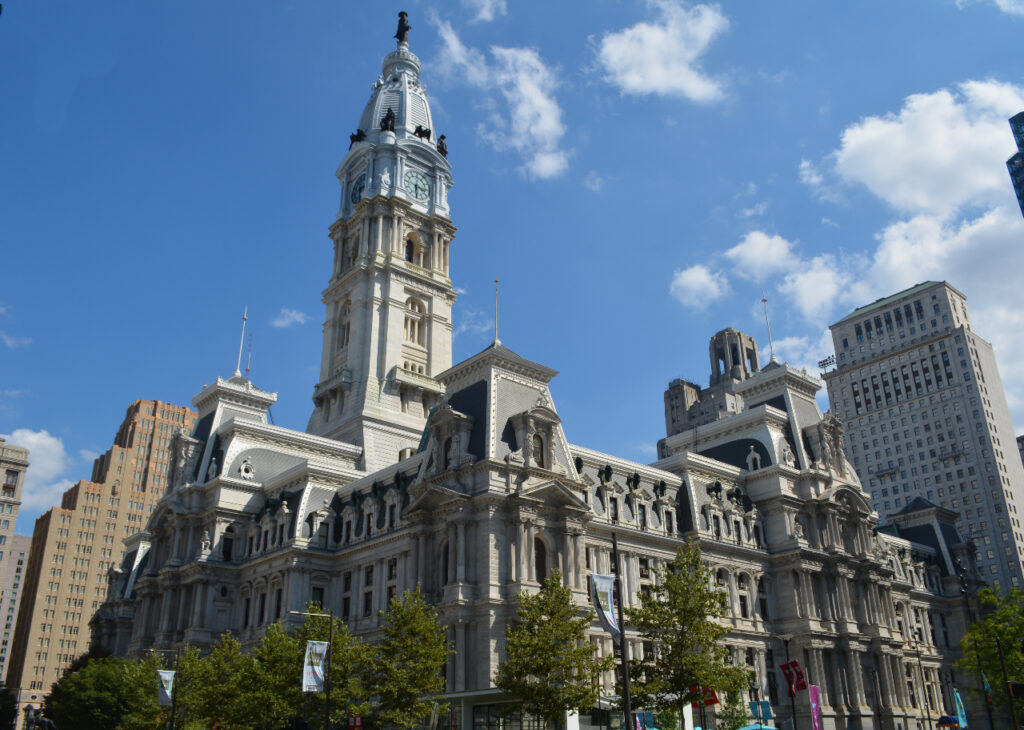

Philadelphia City Hall contains all of the typical elements found in Second Empire Architecture. It has an impressive Mansard Roof, and it also has lots of intricate details. The facade and the interior of the building are filled with Baroque Sculptures and other Classical Design Elements. For decades there was a rule in Philadelphia that new buildings could not exceed the height of City Hall, however, this policy was eventually lifted during the 1980s.
2. Parliament Building of Quebec – Quebec City, Quebec, Canada

Quebec is one of the Ten Provinces of Canada. It originated as a French Colony established back in the 16th century. The region has always had a strong connection with France, despite being taken over by the English Colonial Empire in 1763. Today Quebec Province is still bilingual, with locals speaking both French and English. The province is also known for its traditional French Cuisine and culture. Because of this strong connection, it’s easy to see why government officials wanted to construct the Quebec Parliament Building in the Second Empire Style.


The Quebec Parliament Building is located in the heart of Quebec City, the regional capital of Quebec Province. It has all of the typical features found In the Second Empire Style, including a Mansard Roof, Classical Design Elements, and Intricate Details. The building also has a strong sense of grandeur, with a prominent tower, and dozens of bronze statues depicting important Canadian political figures such as Louis de Buade de Frontenac. Today the Quebec Parliament Building houses the National Assembly of Quebec and the building’s surrounding garden is a popular hangout spot.
3. Eisenhower Executive Office Building – Washington DC, United States

Located next to the National Mall in Washington DC, the Eisenhower Executive Office Building is a prominent political building that was constructed in the late 19th century. The structure was built to house offices and other functions for the US Government, and today it houses the offices for the US Vice President. The Eisenhower Executive Office Building is located just 100 feet (30m) from the White House and it’s one of the many impressive buildings in this part of the District of Columbia.
4. Baltimore City Hall – Baltimore, Maryland, United States
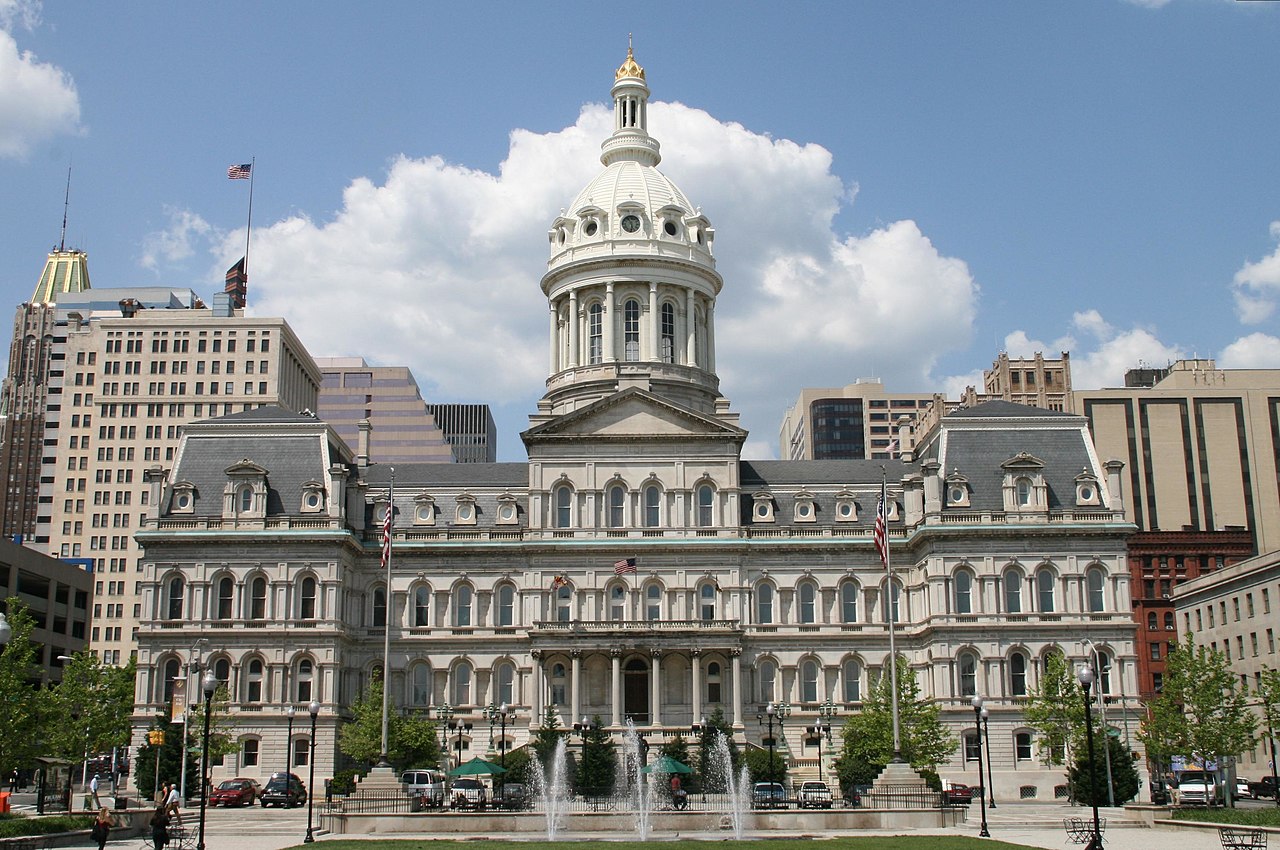
Baltimore City Hall is located in Baltimore Maryland. Baltimore is a major city on the US East Coast, located near other cities like Washington DC and Philadelphia. During the mid-1800s, city officials began to plan a new larger city hall to house the local government. The architect and city officials agreed on the Second Empire Style for the design of the building, and work began on the project in 1867. Baltimore City Hall features all of the typical elements found in Second Empire Architecture, including a Mansard Roof, Classical Elements, and a tower that’s capped with a dome.
5. Old City Hall – Boston, Massachusetts, United States

Old City Hall is a government building located in Boston, Massachusetts. It’s known as the “Old” City Hall because it was replaced by a much larger building designed in the Brutalism Style in the 1960s. Today Old Boston City Hall houses some government functions, but the city council and the mayor’s office have since moved to the new location. Old City Hall is a protected historic building within Boston, and it features all of the typical Second Empire design elements including a Mansard Roof and Classical Details.
6. Montreal City Hall – Montreal, Quebec, Canada
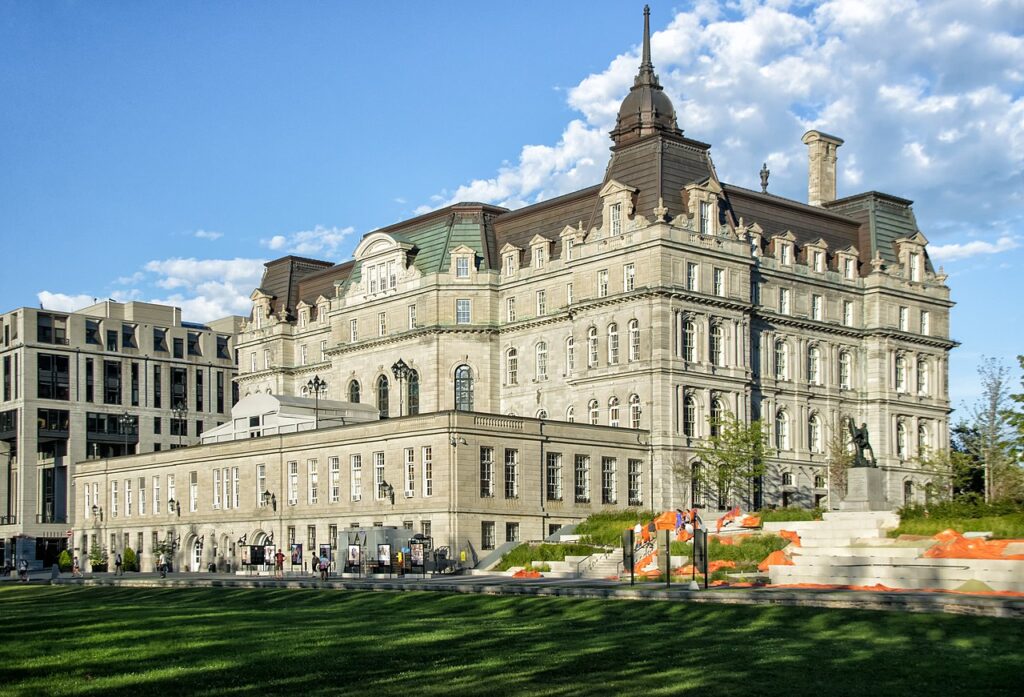
Montreal is another major city in the Canadian province of Quebec. It’s a much more modern and metropolitan city when compared to Quebec City, but it still contains several historic buildings from the 19th century. Montreal City Hall was completed in 1878 and is one of the city’s oldest buildings. Like the Quebec Parliament Building, it was designed in the Second Empire Style thanks to this area’s long-standing connection with France and the French Colonial Empire.
Baroque Revival Architecture
Second Empire Architecture is often seen as a sub-type within the Baroque Revival Architecture. Sometimes referred to as Neo-Baorque, this movement was also popularized in the late 1800s. Baroque Revival Architecture revolves around replicating older historic buildings from the Baroque Age. It utilizes many of the same elements and characteristics found in the Second Empire Style. The image below depicts Belfast City Hall, which was designed in the Baroque Revival Style to connect with the traditional buildings of the United Kingdom.
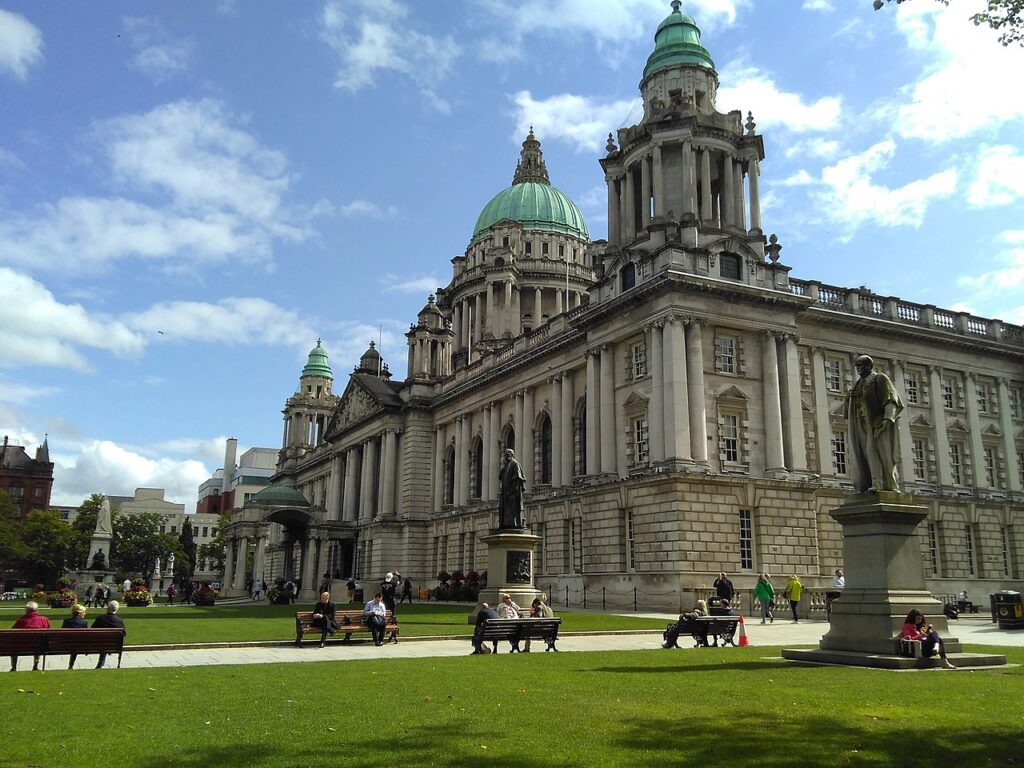
Second Empire Architecture Today
Although it was a relatively short-lived style, Second Empire Architecture remains an important building typology with impressive examples worldwide. Originating with the revitalization of Paris under Napoleon III, the Second Empire Style was an important movement that borrowed extensively from Baroque Architecture. It also utilized eclectic design elements and new 19th-century building techniques to create a unique building typology. Several of North America’s most iconic government buildings were designed in the Second Empire Style, and these structures will continue to be an integral part of our cities for decades to come.
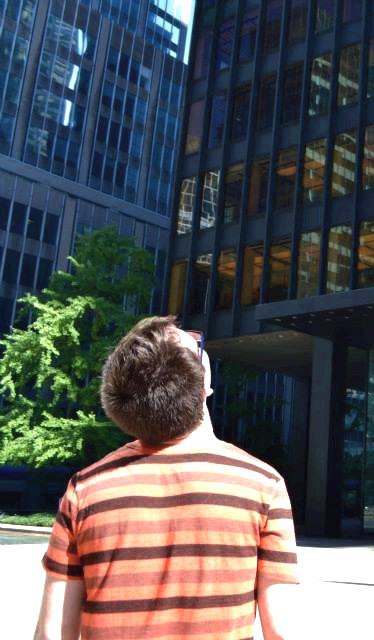
- About the Author
- Rob Carney, the founder and lead writer for Architecture of Cities has been studying the history of architecture for over 15 years.
- He is an avid traveler and photographer, and he is passionate about buildings and building history.
- Rob has a B.S. and a Master’s degree in Architecture and has worked as an architect and engineer in the Boston area for 10 years.
Like Architecture of Cities? Sign up for our mailing list to get updates on our latest articles and other information related to Architectural History.
